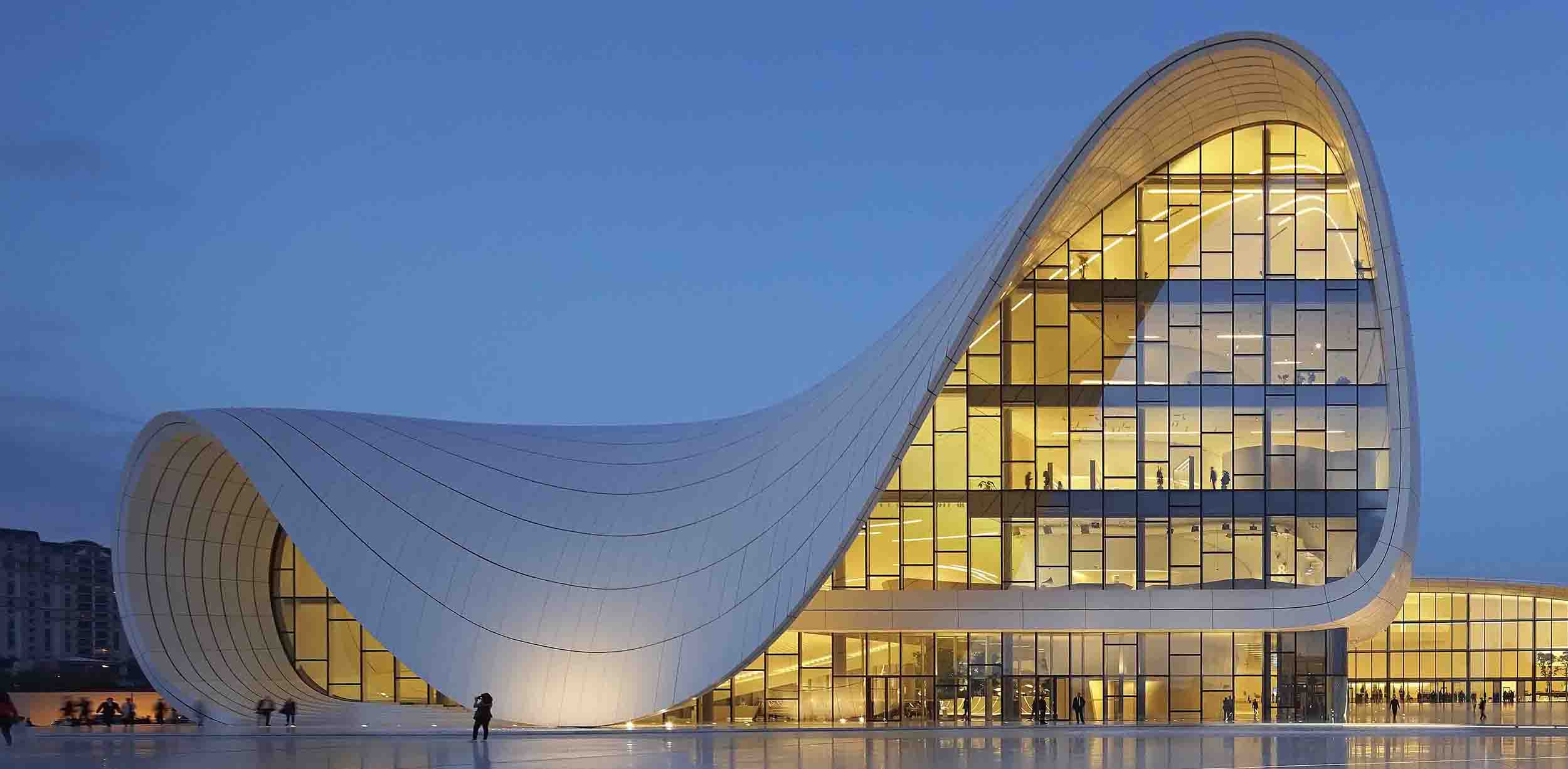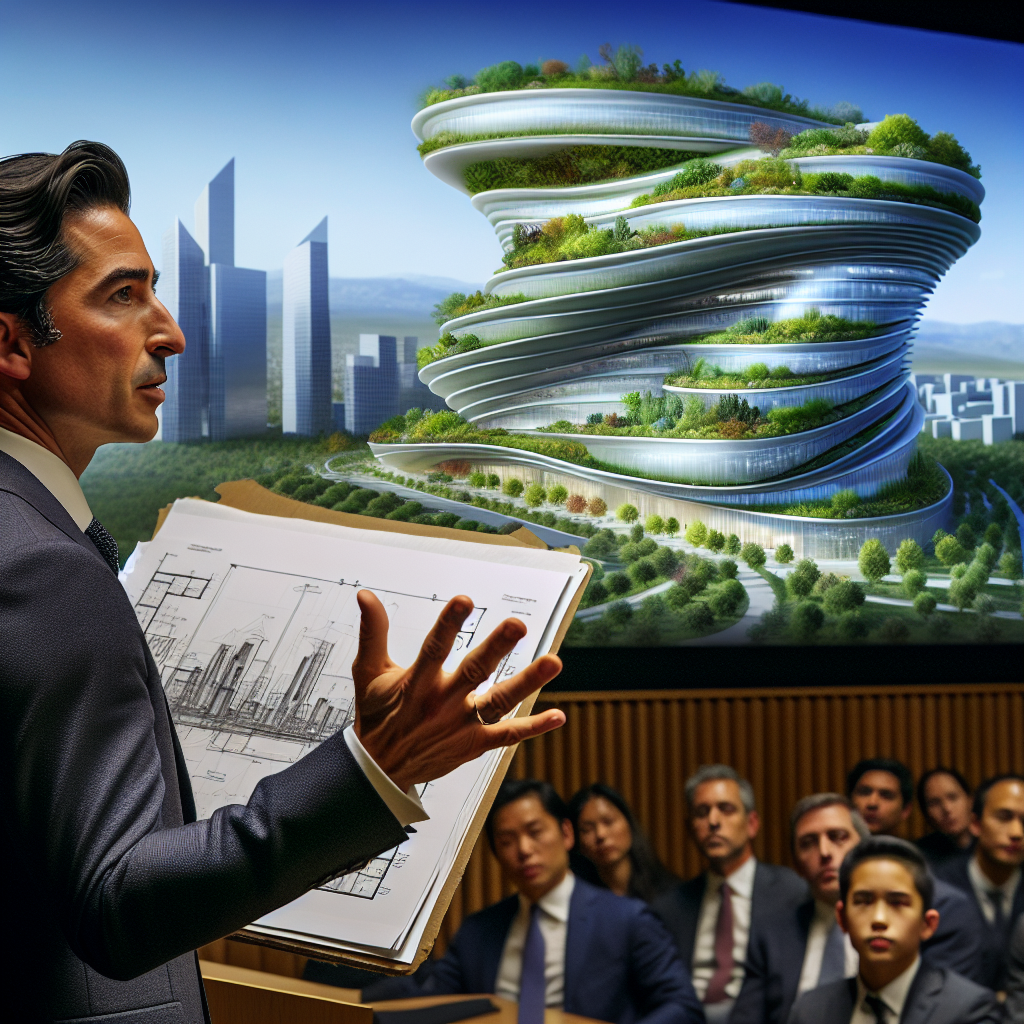 ## The Vision Behind Apple Park: An Interview with Architect Norman Foster
## The Vision Behind Apple Park: An Interview with Architect Norman Foster
Apple Park, the cutting-edge and emblematic headquarters of Apple in Cupertino, California, stands as not only a feat of contemporary architecture but also a tribute to the vision of the late Steve Jobs and esteemed architect Norman Foster. Dubbed “The Spaceship,” this expansive, ring-shaped campus has become an emblem of creativity and design brilliance. In a recent discussion on the San Francisco Standard’s Life in Seven Songs podcast, Foster explored the detailed journey of creating Apple Park and his partnership with Jobs.
The Journey from Infinite Loop to Apple Park
Apple’s presence in Cupertino began in 1993 with the Apple Infinite Loop campus. However, by 2018, the company made the leap to the larger, more sophisticated Apple Park. This new headquarters is more than just a workspace; it exemplifies Apple’s dedication to innovation, sustainability, and aesthetics. The concept for Apple Park originated with Jobs and was realized by Foster.
The Design Evolution: From Curves to a Circle
During the interview, Foster detailed the progression of the Apple Park design. Initially, the plans featured curvilinear shapes, but after multiple revisions, the final circular configuration was chosen. This pivotal moment occurred around six to seven months into the endeavor. Jobs believed that every project required a crisis to ignite creativity and innovation. It was during such a moment that the notion of a circular design encompassing a vast green area emerged.
The Philosophy of Design
For Foster, design transcends mere functionality; it also serves to inspire and elevate the experiences of its users. He stressed that effective design harmoniously integrates form and function. A space should not only fulfill practical requirements but also enhance the emotional and psychological well-being of its inhabitants.
“I would contend that a crucial aspect of functionality is the feelings it evokes. Does it elevate our mood? Studies show that a patient recovering from surgery in a room with a view, rather than one facing a brick wall, will likely leave the hospital sooner,” Foster articulated.
The “Spaceship” Nickname
The moniker “The Spaceship” aptly suits Apple Park, and Foster finds it gratifying. As an aviation enthusiast himself, he appreciates the space-related terms often employed to describe the campus. Both the design and the nickname convey a sense of ambitious futurism and innovation.
Future Plans: Apple’s Expansion in North Carolina
While Apple Park continues to be a central hub of creativity, Apple is also strategizing to broaden its presence with a new campus in North Carolina. Although specifics remain undisclosed, this new initiative signals Apple’s continued growth and dedication to crafting state-of-the-art workplaces.
Conclusion
Apple Park is more than merely a corporate hub; it represents the potential of visionary leadership converging with remarkable design. The partnership between Norman Foster and Steve Jobs has culminated in a space that is both practical and inspirational. As Apple forges ahead, the design principles and innovative spirit that shaped Apple Park will undoubtedly leave a mark on future endeavors.
Question and Answer Session
What inspired the circular design of Apple Park?
The inspiration for the circular design stemmed from a pivotal crisis during the project, where Steve Jobs and Norman Foster opted to turn the challenge into an opportunity to innovate. The design signifies unity and creativity, featuring a large green area that mirrors the California landscape of Jobs’ childhood.
How important is the emotional impact of design, according to Norman Foster?
Foster posits that the emotional implications of design are vital. A thoughtfully crafted space ought to be both functional and uplifting. He referenced research showing that patients in rooms with vistas recover more quickly, underscoring the notion that the feelings a space generates are integral to its functionality.
Why is Apple Park nicknamed “The Spaceship”?
The term “The Spaceship” is derived from its avant-garde ring-shaped architecture. Foster, also an aviation aficionado, values the space-related terminology used to describe the campus. The designation reflects the innovative and progressive essence of the project.
What are Apple’s future plans for new campuses?
Apple is gearing up for a new campus in North Carolina. While particular details remain vague, this expansion highlights Apple’s sustained growth and commitment to developing innovative work environments.
How did Norman Foster’s background influence the design of Apple Park?
Foster’s architectural expertise, combined with his love for aviation, played a significant role in shaping the design of Apple Park. His design philosophy, which prioritizes the marriage of form and function, contributed to the campus’s distinctive and inspirational quality.
How long did it take to finalize the design of Apple Park?
The design journey for Apple Park underwent numerous iterations and took roughly six to seven months to finalize the circular layout. This timeframe featured intense collaboration and creative problem-solving between Steve Jobs and Norman Foster.
What is the significance of the green space within Apple Park?
The green area within Apple Park holds significance as it replicates the California landscape that Steve Jobs cherished in his youth. It symbolizes nature and sustainability, offering a tranquil and inspiring setting for employees.